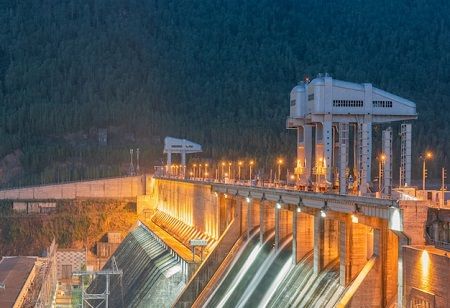
Centre Sanctions Rs 8K-Cr Arunachal Hydroelectric Project
- Major Hydro Investment ₹8,000 crore Tato-II project in Arunachal to generate 700 MW.
- Local Benefit 12% free power to state, 1% revenue for area development.
- Green Energy Push Supports India’s net-zero 2070 goal and Northeast’s growth.
The Union Cabinet has approved the Tato-II Hydroelectric Project located in Arunachal Pradesh with an investment of over ₹8,000 crore, which is a perfect step and push towards India's renewable energy dreams and infrastructure of the Northeast. The announcement was made by Union Minister Anurag Thakur who stressed the importance of the project for sustainable development of the region.
The Tato-II project will put up on the Yamne River in West Siang district by state-owned North Eastern Electric Power Corporation Limited (NEEPCO), a subsidiary of NHPC Limited. The project is expected to have a capacity of 700 MW, which will enhance India's green energy capacity.
One notable aspect of the approval is that Arunachal Pradesh will receive 12% free electricity from the plant after it becomes operational. Also notable, is that 1% of revenues from the project will go to a Local Area Development Fund, allowing communities surrounding the project to benefit directly. The fund is expected to provide improvements to local infrastructure, job creation and skills development opportunities in the region.
Also Read: Andhra Govt Unveils India's Biggest Green Hydrogen Ecosystem
Minister Thakur indicated that the project would help not only advance sustainable power availability in the state, but also contribute to India's overall renewable energy portfolio, as the Government works towards achieving net-zero emissions by 2070. Furthermore, the project is consistent with the Centre’s strategy to unlock the hydropower potential in the Northeast and enhance energy security.
Construction of the Tato-II Project would entail a substantial civil and electro-mechanical work and -- as a course of a multi-year development period -- would provide direct and indirect jobs for local populations and subsequently would spur ancillary sectors, impacting equipment manufacturing, logistics and further expanding India's manufacturing footprint.
It was reiterated by the government that the approval is representative of the commitment to balanced regional development, renewable energy based growth, and making India a world leader in sustainable infrastructure.

.jpg)